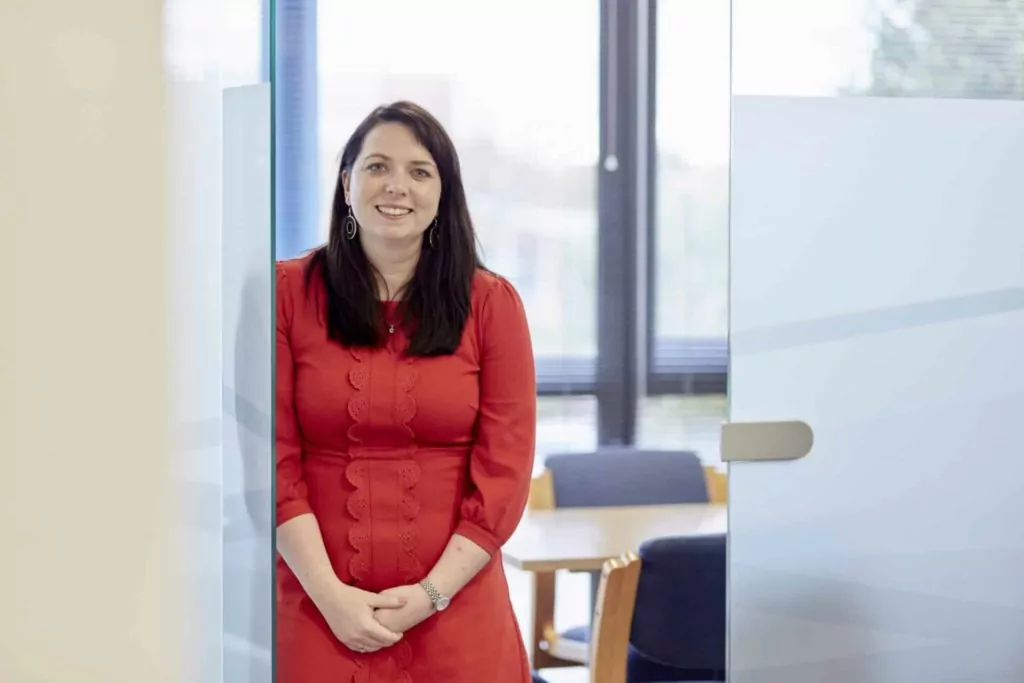Firstly, the Bank of England’s Working Group Paper of January 2020 suggests that ‘smaller corporate and retail clients for whom simplicity and/or payment certainty is a key factor may wish to consider alternative rates such as a fixed rate, the Bank Rate (which is an overnight rate) or a SONIA term rate, if available.‘ From our experience, the majority of Islamic banks in the UK with a large roster of high-value residential and some commercial real estate exposure will fall within this category. As with most things, simple is often best and we expect many to adopt the Bank Rate.

For our third instalment in this series, I'll briefly summarise the practical takeaways of the transition from LIBOR to alterative risk-free rates (RFRs). Again, the context is a typical bilateral commodity murabaha facility secured against UK real estate.
Islamic banks in the UK use conventional indices such as LIBOR and the Bank of England's Bank Rate (Bank Rate) as benchmarks to ensure their products are priced in line with the local market. LIBOR is forwards looking, enabling the price of commodities to be determined prior to their sale to the Propco. Not only is that nice and clear for all concerned, it also aligns well with the requirements of Islamic law which, as you might’ve gleaned from Episode 2, holds contractual certainty and fairness in high regard.
The problem? RFRs compounded in arrears are backwards looking, meaning the sale price of the commodities isn't ascertainable at the outset as the rate for each day in the profit period would only be known on maturity of the purchase contract. Let's explore some solutions:
Secondly, a forward-looking term reference rate based on Term Sterling Overnight Index Average Reference Rates (TSRRs) is also en route, with ICE Benchmark Administration and Refinitiv having launched theirs on 11 January. The regulator acknowledges that commodity murabaha facilities fall within a product exception where the use of TSRRs would be appropriate and permitted. That said, operational challenges and the (as yet) absence of an ETA for TSRRs from other benchmark administrators is, from our experience, driving many Islamic banks in the UK to adopt the Bank Rate.
Thirdly, Islamic financial institutions whose clients comprise a smaller number of large corporates ought to consider discussing the viability of the following with their panel lawyers:
- Basing the sale price of the commodities to the Propco on the available “backward looking” RFR and reconciling that with the actual rate on maturity of each purchase contract, with any difference being added to (or deducted from) the profit calculation of the next purchase contract;
- Factoring headroom into the sale price of the commodities to the Propco to provide comfort that it’ll be greater than the RFR, and granting a discretionary rebate (explained in Episode 2) on maturity of each purchase contract in an amount equal to any difference between the two; or
- Overlaying a series of shorter purchase contracts with an overarching one for the duration of the facility term. The profit for each ‘short’ contract would be based on the actual RFR and entered into at the end of each profit period, with profit for the overarching contract equalling the spread and paid in instalments over the facility term.
The upshot? Financial institutions should continue actively transitioning away from LIBOR as soon as practicable and reliance shouldn’t be placed on legislative solutions (which may not come into force) to provide relief for legacy products. Participants should also seek advice as to appropriate credit spread adjustments (with the historical median approach a frontrunner for most) and gear up their operations teams to appropriately and efficiently engage with clients to amend legacy contracts.
That concludes our latest instalment of Murabaha Monthly – join us next month when we'll shed light on how and why fees within commodity murabaha facilities tend to be structured differently to conventional loans.




























